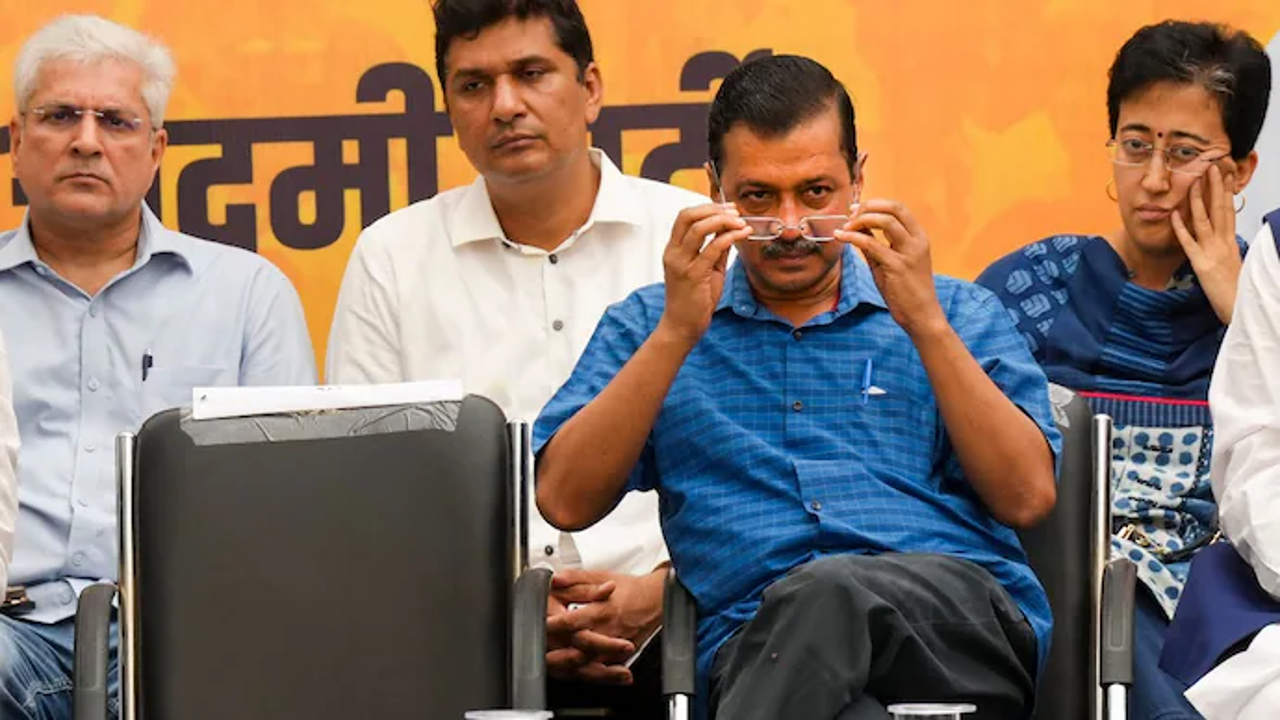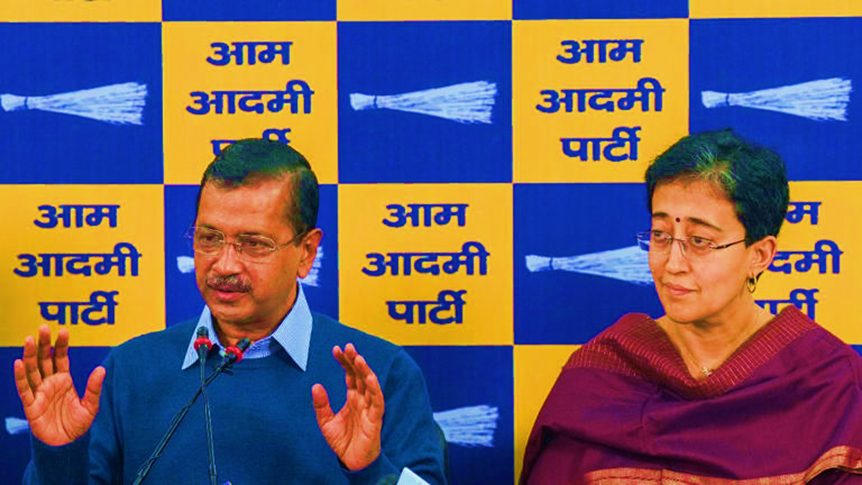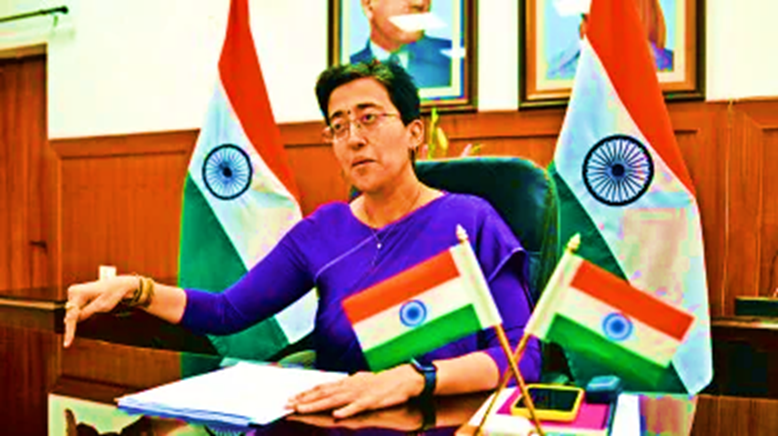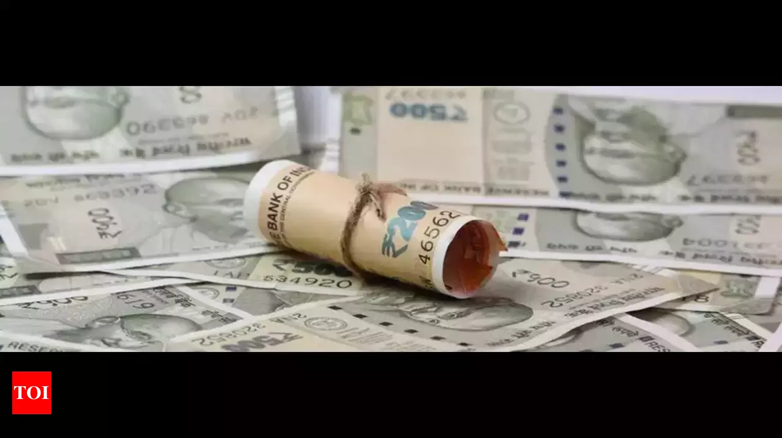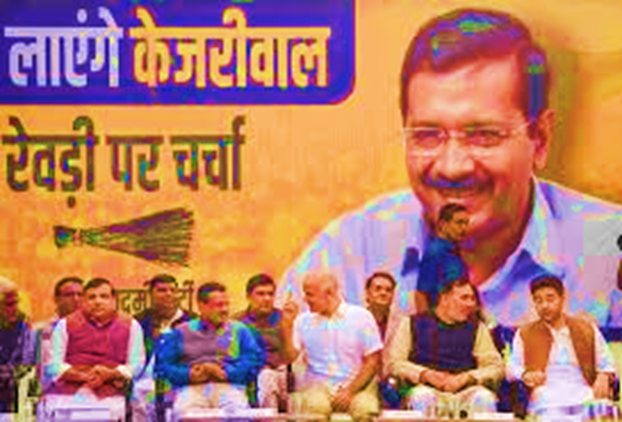Delhi government, led by the Aam Aadmi Party (AAP), has proposed borrowing Rs 10,000 crore from the National Small Savings Fund (NSSF) for the fiscal year 2024-25. This decision, made months before state elections, aimed to continue its free services, such as electricity and water, despite potential fiscal challenges.
Delhi Seeks Rs 10,000 Crore Loan From Centre
Why In News
- Delhi government, led by the Aam Aadmi Party (AAP), has proposed borrowing Rs 10,000 crore from the National Small Savings Fund (NSSF) for the fiscal year 2024-25. This decision, made months before state elections, aimed to continue its free services, such as electricity and water, despite potential fiscal challenges.
- However, the move has sparked tension between the government and bureaucratic officials over the potential financial implications of the loan. However, this proposal has sparked internal disagreements and raised questions about its long-term financial implications.
What Is The National Small Saving Fund
- National Small Savings Fund (NSSF) comprises collections from small savings schemes, excluding withdrawals by subscribers. These schemes and fund encompasses three categories:
- Savings instruments: Postal deposits, such as savings accounts, recurring deposits and time deposits. Monthly income schemes: Savings certificates like the National Small Savings Certificate (NSC) and Kisan Vikas Patra (KVP).
- Social security schemes: It includes the Public Provident Fund (PPF) and Senior Citizens’ Savings Scheme (SCSS), among others.
- Operating independently within the public account, the NSSF’s transactions do not directly impact the Centre’s fiscal deficit. These funds are invested in central and state government securities. While states like Arunachal Pradesh, Kerala, and Madhya Pradesh borrow from the NSSF, most states prefer market borrowings due to lower interest rates. For instance, Delhi’s Finance Department had previously advocated exiting the NSSF scheme, citing its higher costs.
Delhi Fund Request To Centre
- Chief Minister Atishi, who also oversees the finance portfolio, approved the borrowing plan and instructed the finance department to formally request the funds from the Ministry of Finance.
- This move contrasts with a recommendation from Principal Secretary (Finance) Ashish Chandra Verma, who had advised against taking the NSSF loan, suggesting that Delhi should withdraw from the scheme altogether.
- Verma highlighted the long-term financial strain, noting that opting for the NSSF would burden the government with an additional interest of Rs 45,980 crore by 2039, on top of the Rs 1.27 trillion principal repayment.
- NSSF, a fund sourced from small savings schemes and net of withdrawals, has been tapped by only four states: Delhi, Arunachal Pradesh, Kerala, and Madhya Pradesh. Most states prefer not to borrow from the NSSF due to its higher cost compared to market borrowings.
Why Is Delhi Requesting Funds From The Centre
- Atishi’s decision comes as the Aam Aadmi Party (AAP) amplifies its election campaign, emphasising popular welfare schemes known as “revdis” or freebies. During a recent campaign titled “revdi pe charcha,” National Convener Arvind Kejriwal outlined the Delhi government’s six major initiatives—free electricity, water, education, healthcare, subsidised bus travel for women, and elder pilgrimage. He added that a seventh scheme, promising Rs 1,000 per month for every Delhi woman, is set to launch soon.
- According to the news report, a Delhi government spokesperson defended the loan decision, stating that borrowing levels are part of routine financial planning, factoring in economic conditions and administrative needs.
- The spokesperson further cited the Economic Survey of Delhi 2023-24, which revealed that Delhi’s debt as a percentage of gross domestic product (GDP) has dropped to 3.9 per cent, marking the lowest in the city’s history and among the lowest in India.
- The decision to borrow from the NSSF has sparked debate over fiscal prudence versus political commitments.
- While the Delhi government highlights its declining debt-to-GDP ratio, concerns persist about the long-term burden on taxpayers and future administrations.
- As elections approach, the balancing act between governance and electoral promises will remain in focus. Despite political backing, Principal Secretary (Finance) Ashish Chandra Verma has raised objections, warning of the long-term fiscal burden the loan might impose.
- Verma suggested that Delhi should consider opting out of the NSSF scheme, which would reduce liabilities but require stronger revenue generation measures.
Delhi Now Faces Two Options
- Continue with the NSSF loan: This would result in a loan balance of Rs 45,000 crore by 2039, with an additional interest liability of Rs 57,661.68 crore.
- Opt out of the scheme: This would eliminate all loan liabilities by 2039 but require interest payments of Rs 11,681.68 crore by 2038-39.
- Verma’s analysis showed that continuing with the NSSF loan would lead to a total repayment burden of Rs 172,677.47 crore by 2038-39, while opting out could provide long-term fiscal relief.
